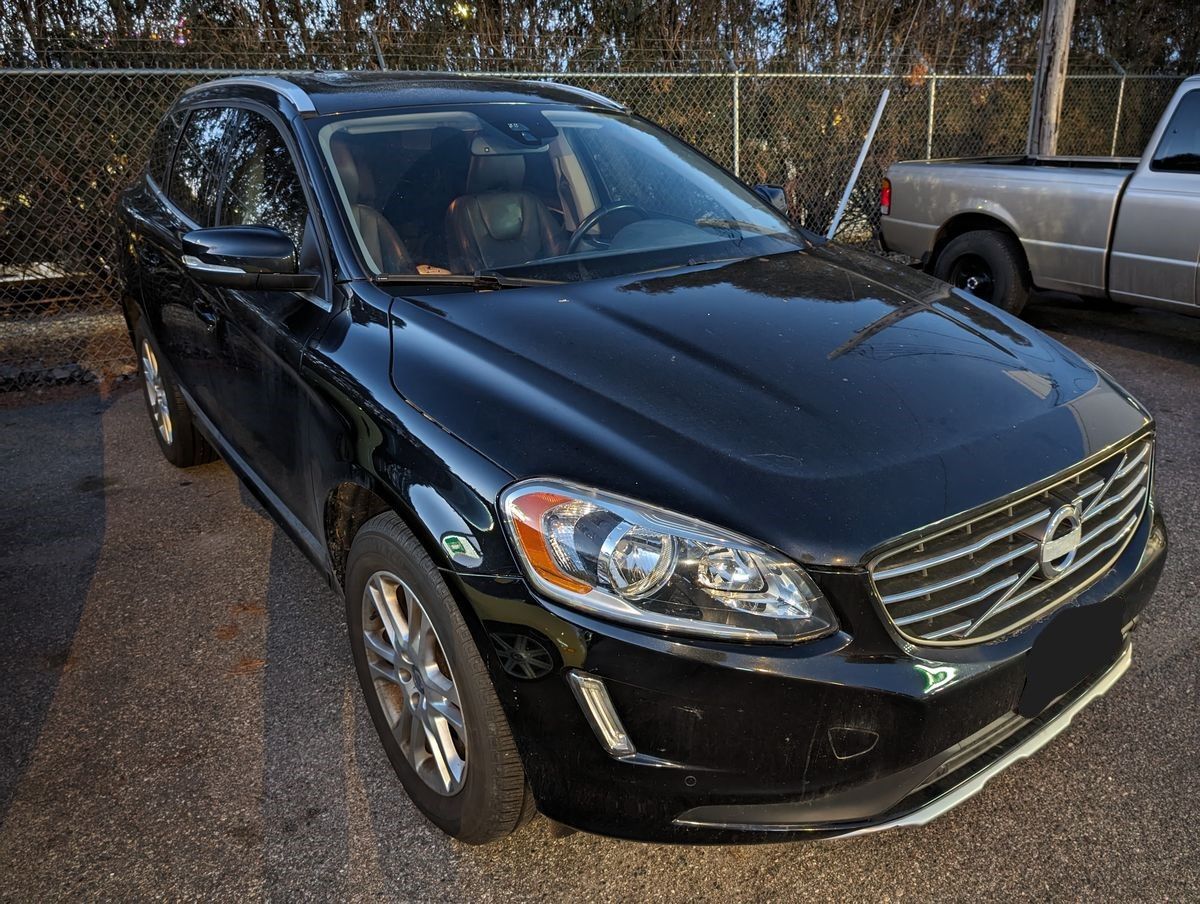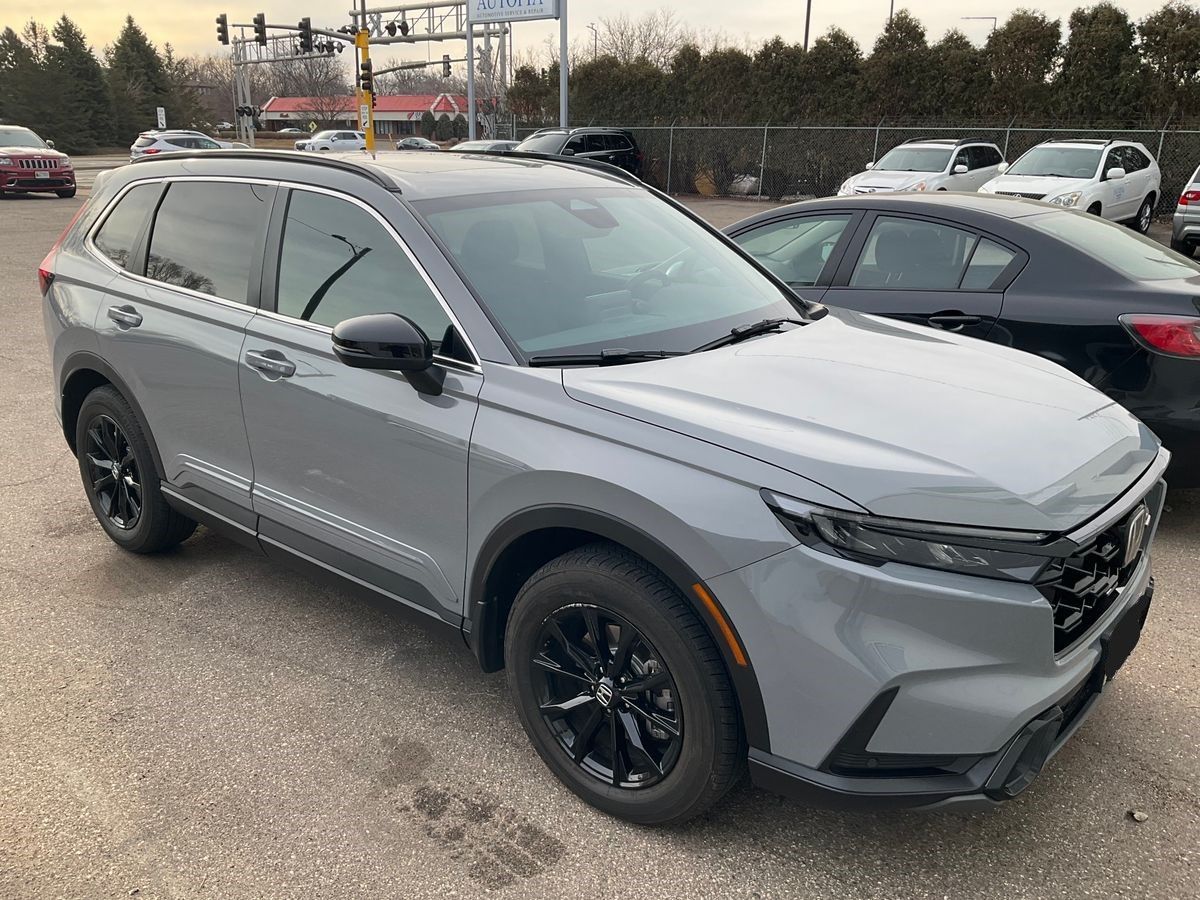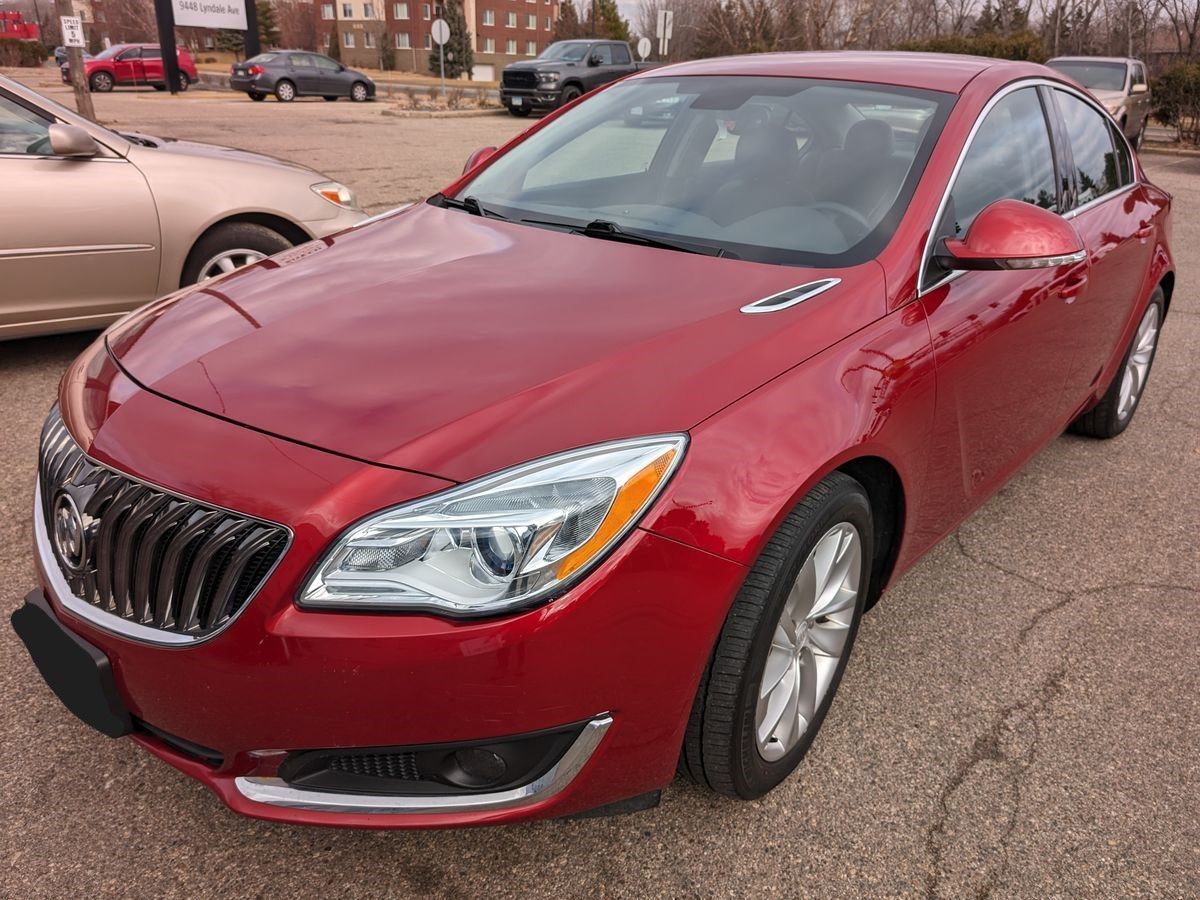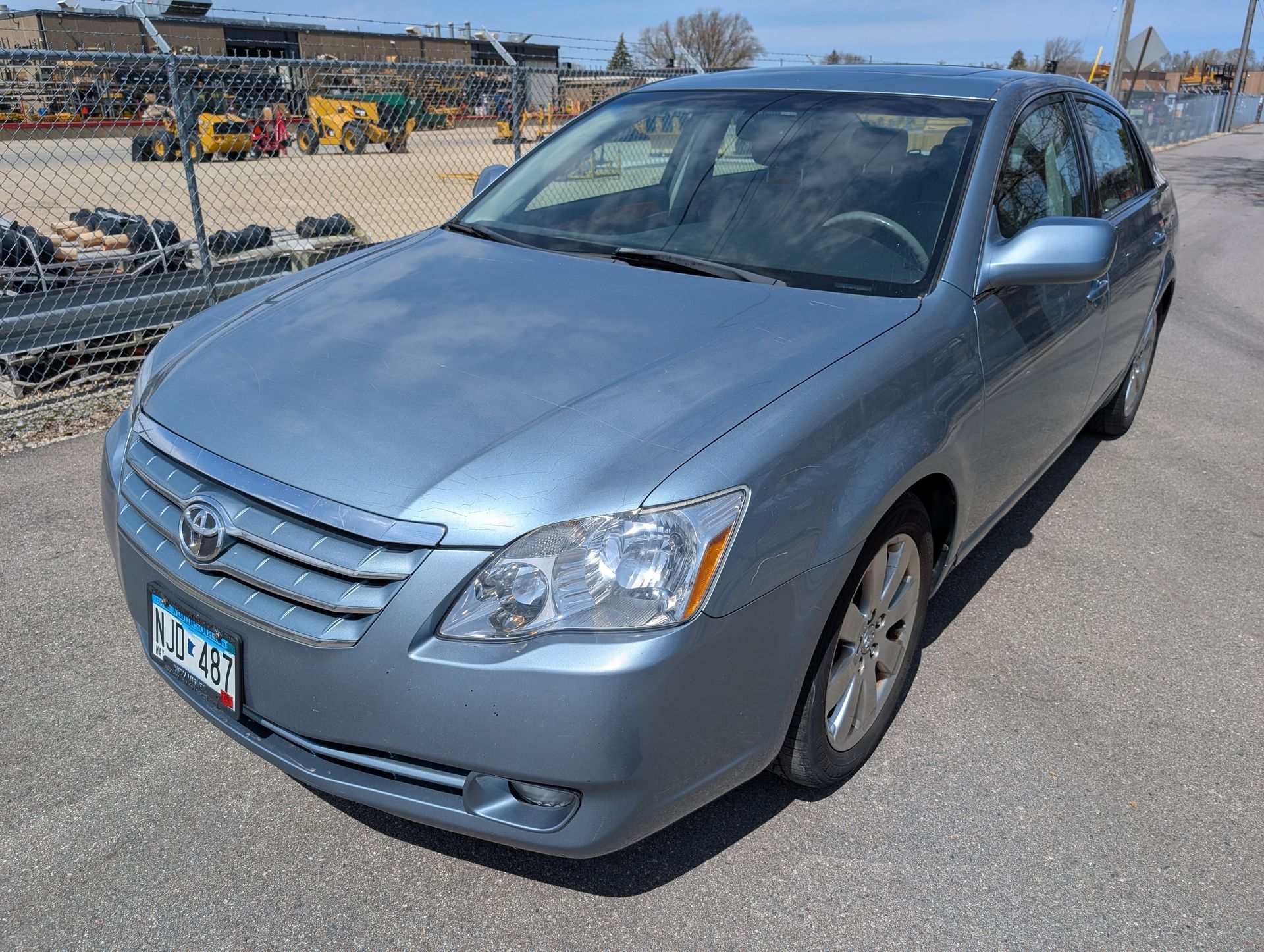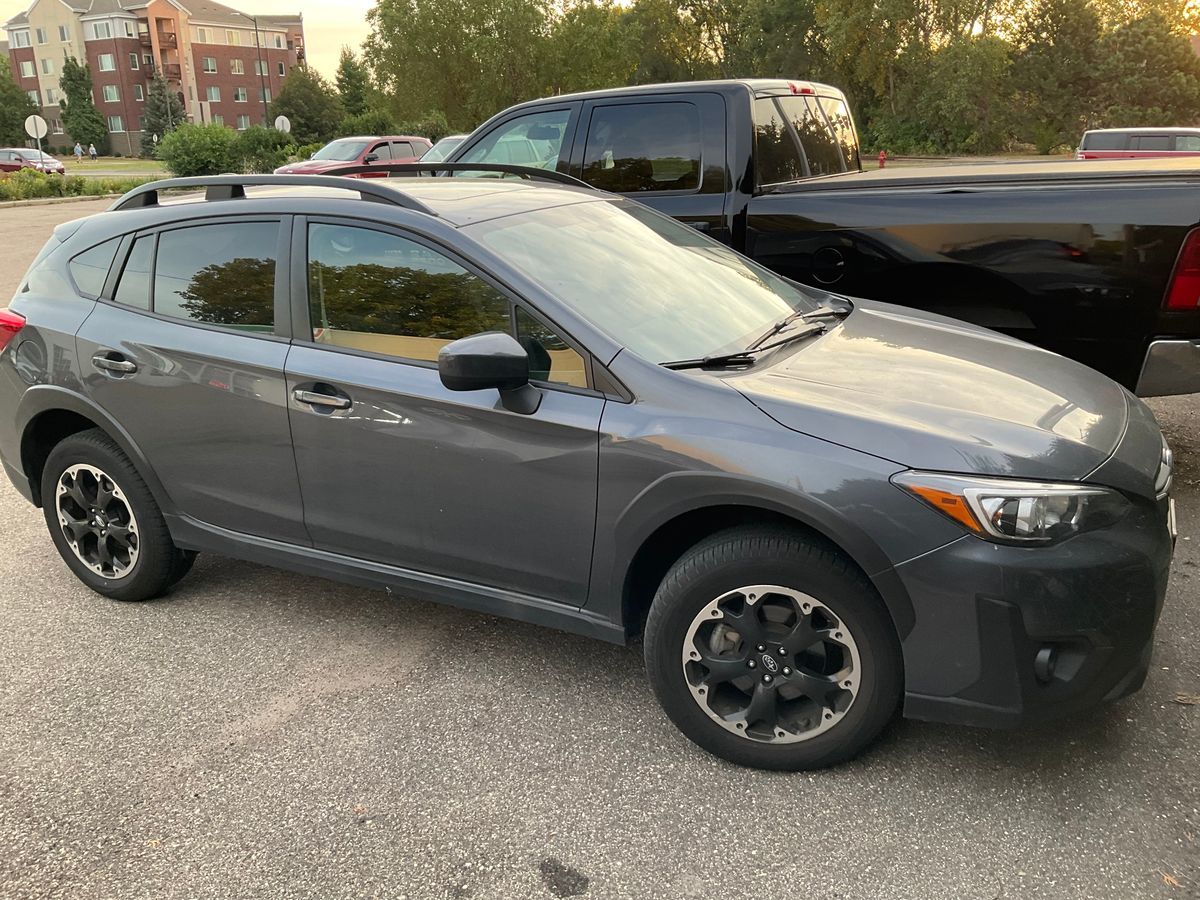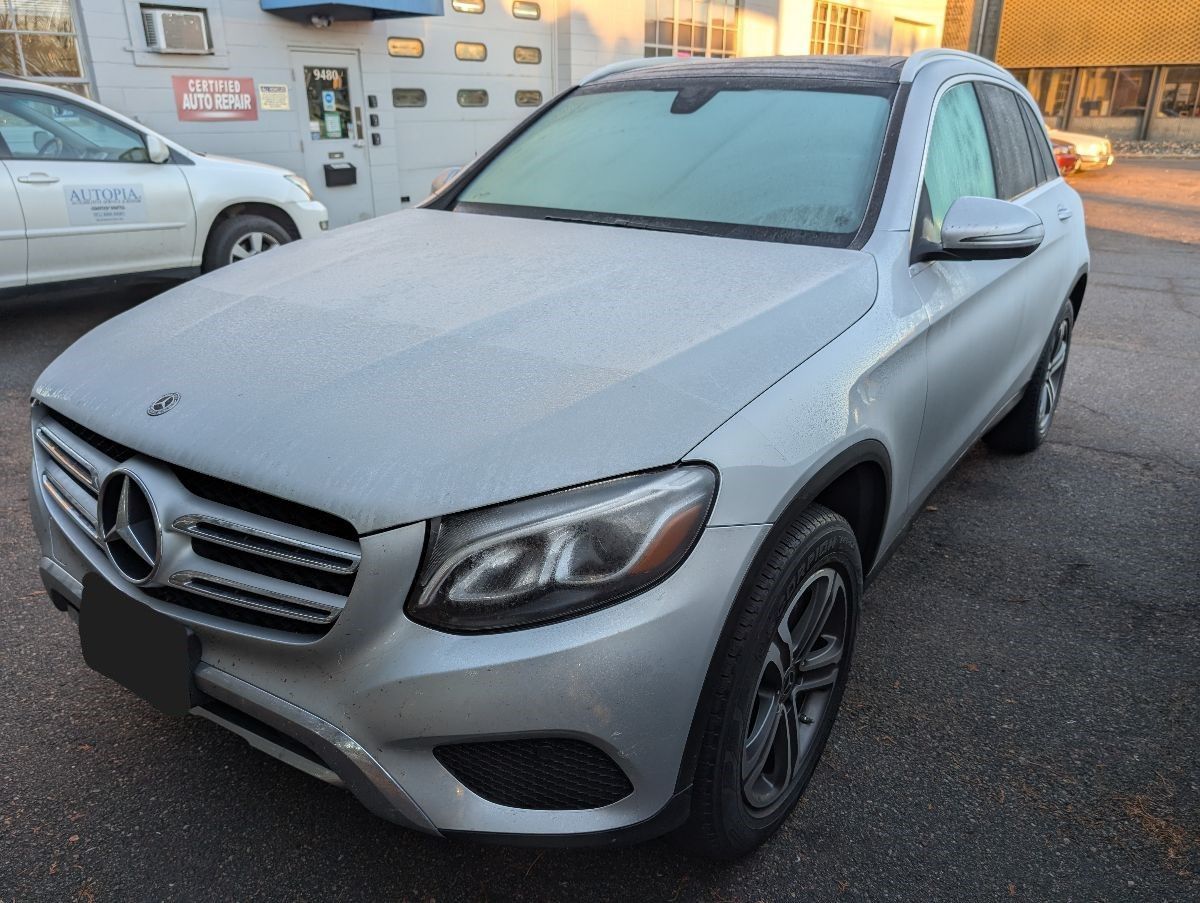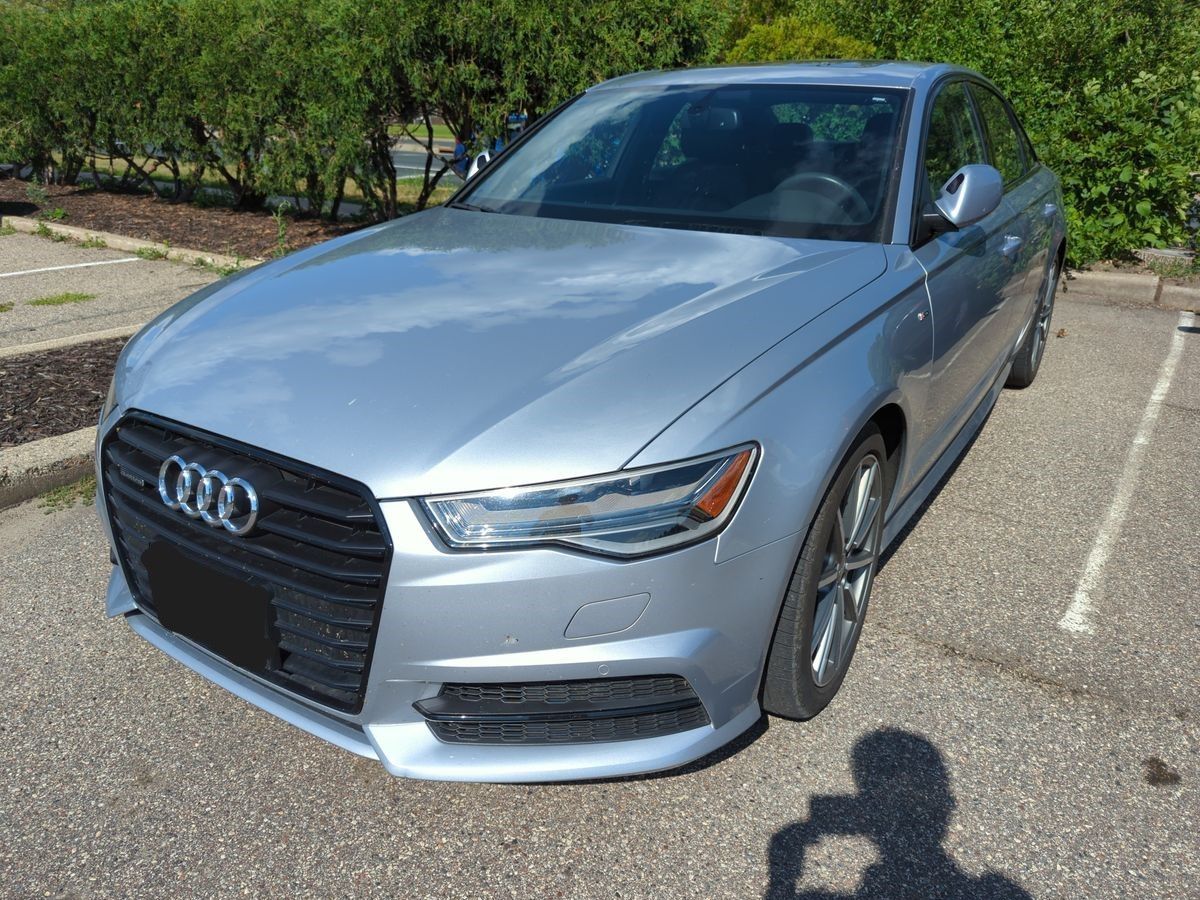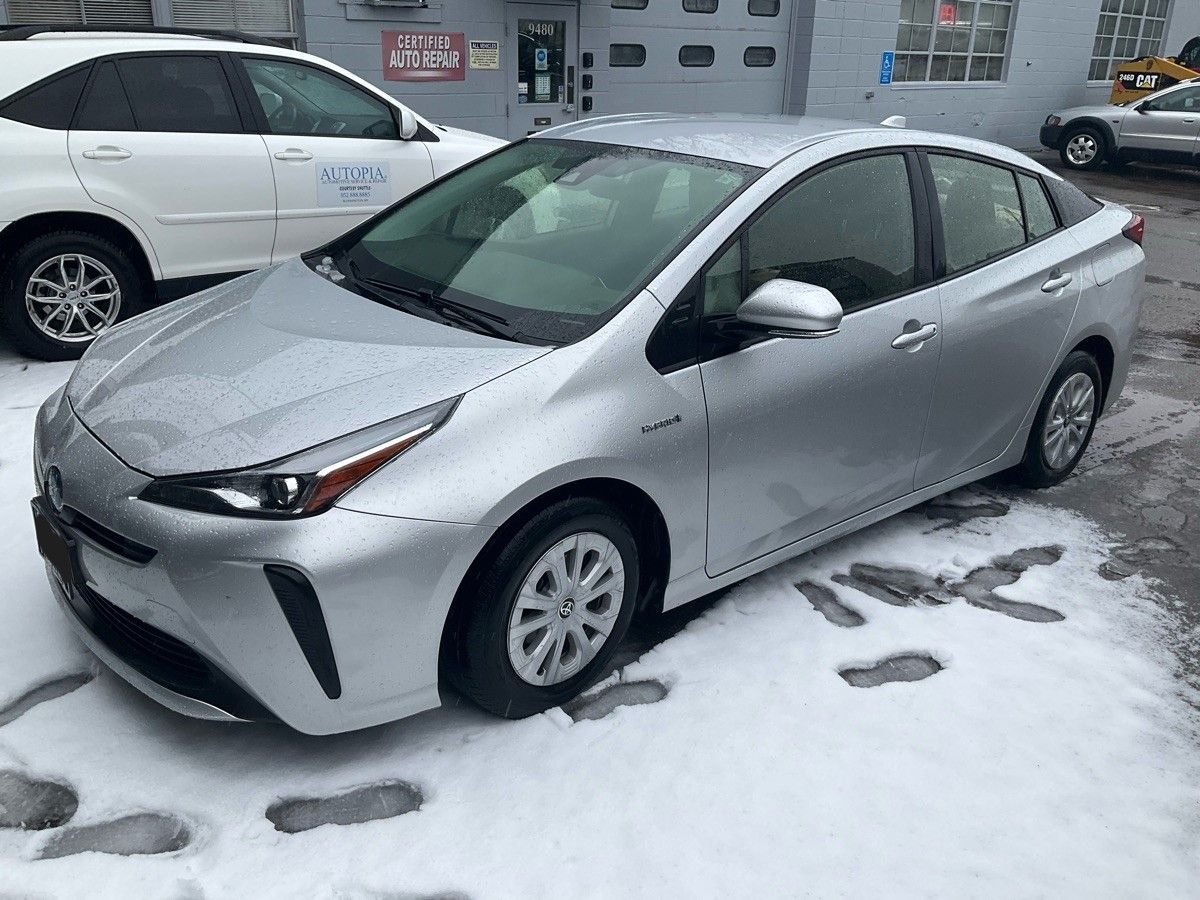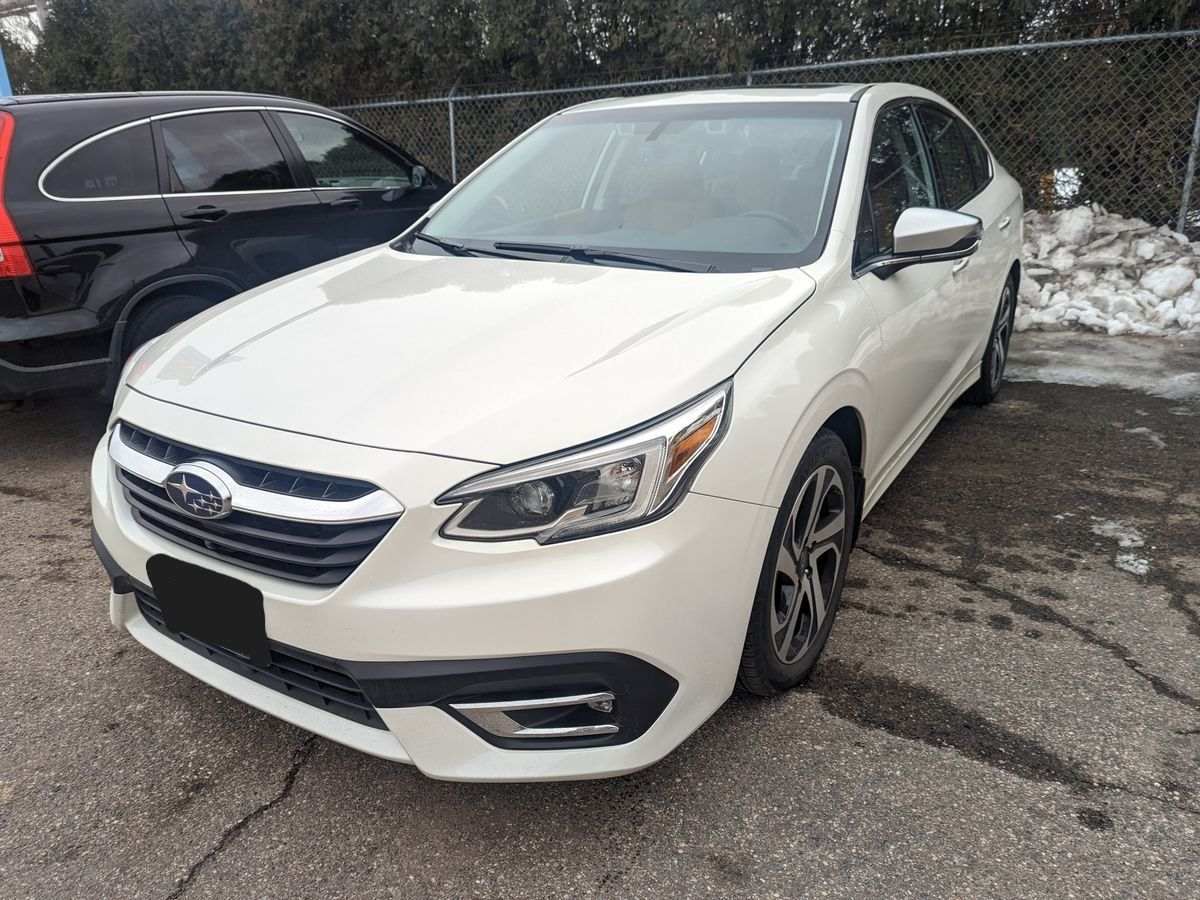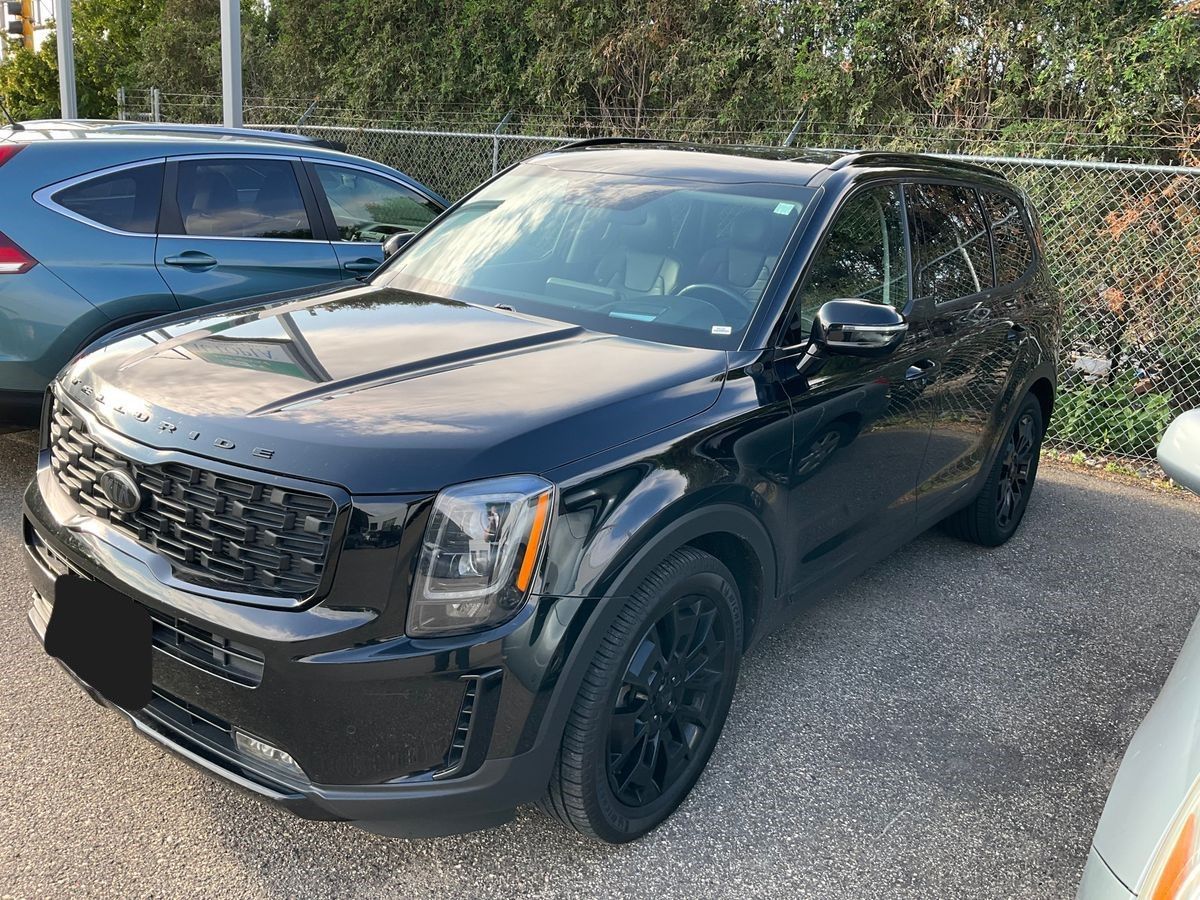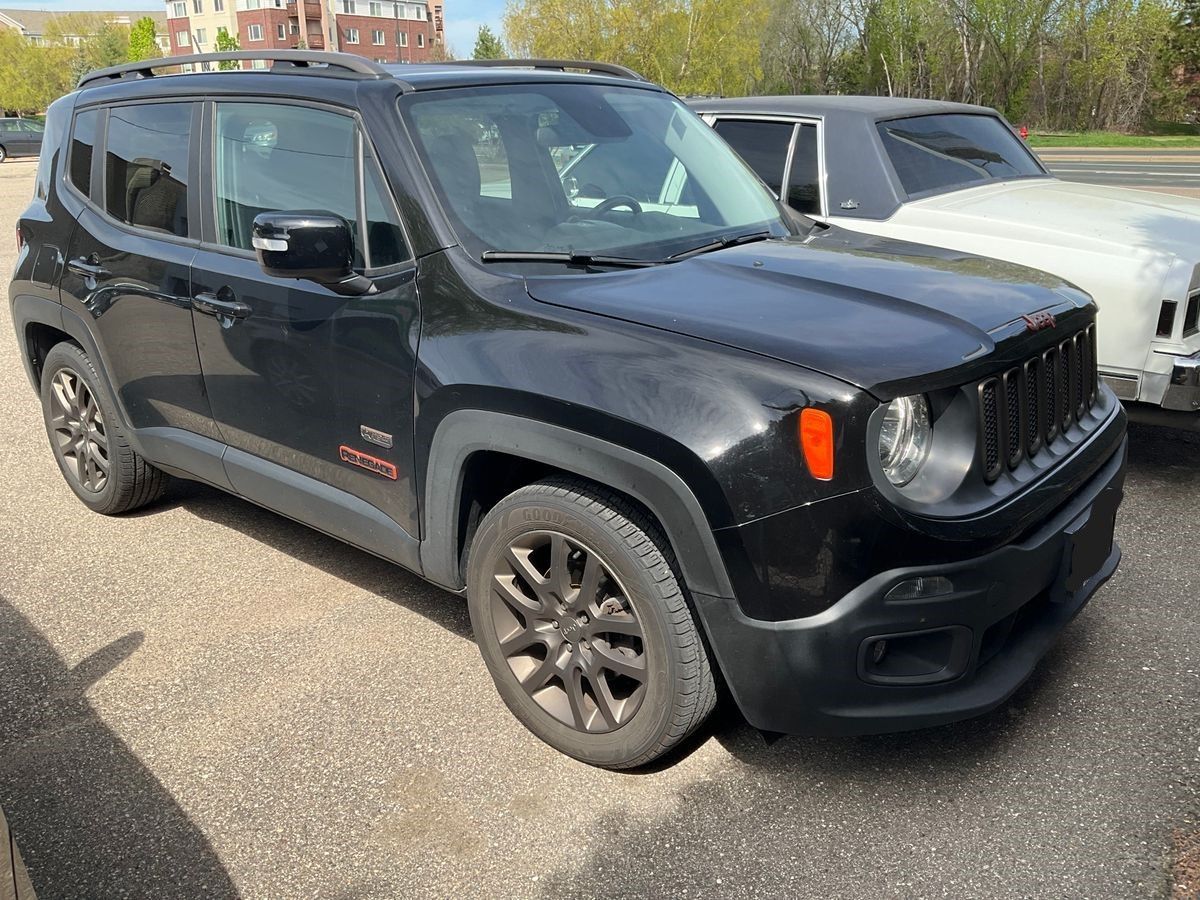Blog #92: Volvo Safety Systems: What to Service Before It’s Too Late
Blog #92: Volvo Safety Systems: What to Service Before It’s Too Late
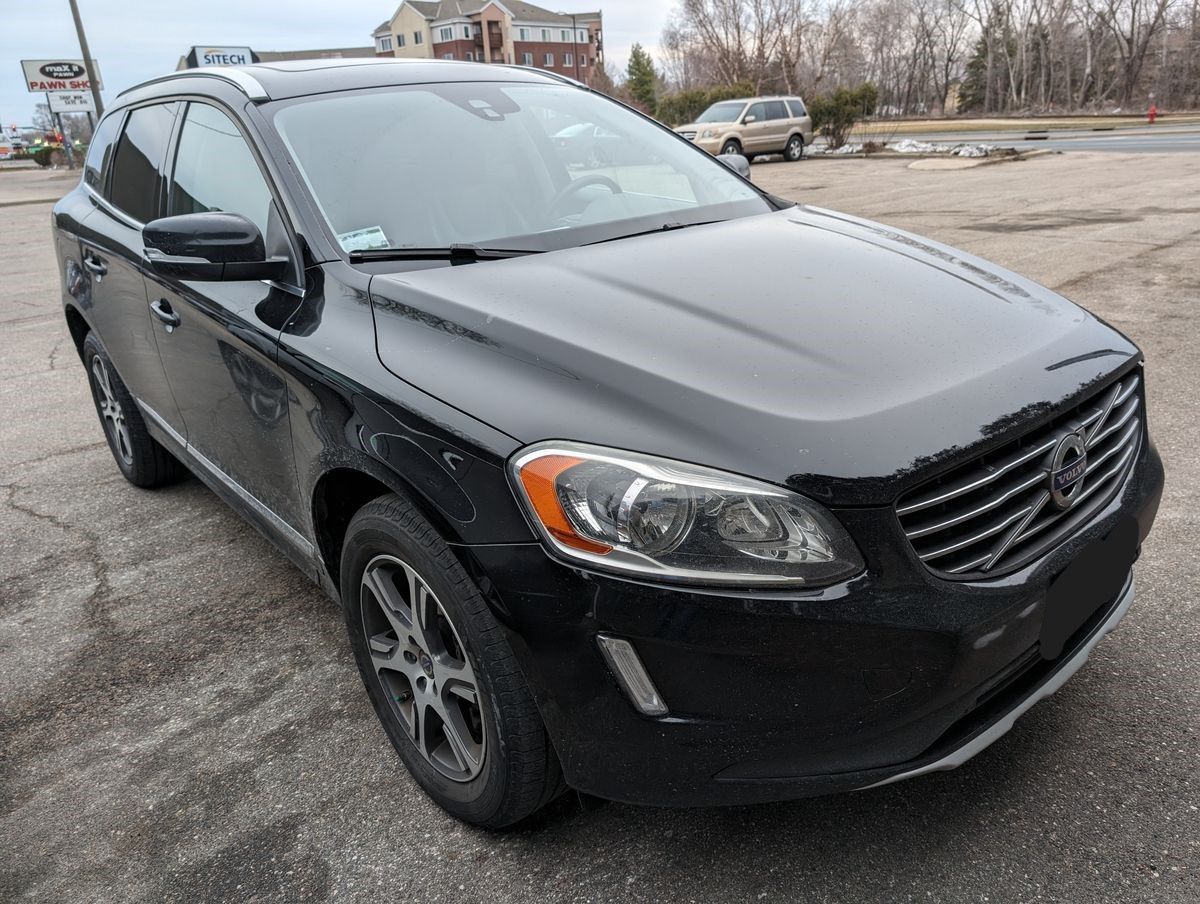
At Autopia Bloomington, we know Volvo owners value one thing above all: safety. But even the most advanced safety systems in your Volvo require regular maintenance to function at their best. Ignoring these essential components can lead to dangerous driving conditions—and expensive repairs.
In this guide, we’ll break down the Volvo safety systems you should never ignore, what can go wrong, and how to prevent problems before they happen.
1. Automatic Emergency Braking (City Safety)
Issue:
City Safety is designed to detect pedestrians, cyclists, and vehicles—automatically applying the brakes when necessary. But sensors can become obstructed, misaligned, or fail due to lack of maintenance.
Prevention Tip:
Clean sensors regularly, especially after bad weather. Schedule professional calibration during service appointments.
2. Lane-Keeping Aid & Pilot Assist
Issue:
Volvo’s lane assist and semi-autonomous driving features rely on cameras and sensors. Misalignment or software issues can cause lane drifting or steering corrections at the wrong time.
Prevention Tip:
Have the system checked and recalibrated during regular maintenance, especially if you've recently had front-end repairs or windshield replacement.
3. Whiplash Protection System (WHIPS) & Side Impact Protection System (SIPS)
Issue:
These seat and airbag-based systems are vital in the event of rear-end or side collisions. Over time, sensors can degrade, and mechanical seat components can wear out.
Prevention Tip:
Inspect seats, airbag modules, and seatbelt systems annually. Avoid DIY repairs on seats with integrated safety tech.
4. Electronic Stability Control (ESC) & Roll Stability Control
Issue:
ESC helps prevent skidding and rollovers. Faulty wheel sensors or ABS malfunctions reduce its effectiveness, especially in slick or high-speed conditions.
Prevention Tip:
Have brake components and wheel sensors tested during your regular service. Address dashboard warning lights immediately.
5. Software Updates & Safety Alerts
Issue:
Outdated software can delay safety feature responsiveness or trigger false alerts. Volvo frequently releases updates that address bugs or enhance system accuracy.
Prevention Tip:
Visit a trusted Volvo service center like Autopia Bloomington for routine diagnostics and software updates.
FAQs: Volvo Safety Maintenance
Q: How often should I inspect my Volvo’s safety systems?
Every 10,000 miles or once a year. More frequently if you drive in extreme weather or dusty conditions.
Q: What signs indicate my safety system needs servicing?
Dashboard warning lights, system deactivation messages, unusual braking behavior, or false alerts.
Q: Can I clean or reset sensors on my own?
You can gently wipe them clean, but calibration should only be done by professionals.
Q: Does missing a service really affect safety?
Yes. Skipping service can lead to system failure at a critical moment, especially in accident prevention features like City Safety or ESC.
Q: Do you service all Volvo models?
Absolutely. Autopia Bloomington is equipped to handle the entire Volvo lineup—from the XC40 to the V90.
Final Thoughts from Autopia Bloomington
Don’t wait until a warning light flashes or a system fails. Volvo’s safety features are built to protect—but only if they’re properly maintained.
At Autopia Bloomington, we use advanced diagnostic tools and Volvo-certified service procedures to ensure every safety system in your car is working exactly as it should.
Book your safety inspection today and enjoy peace of mind wherever the road takes you.


